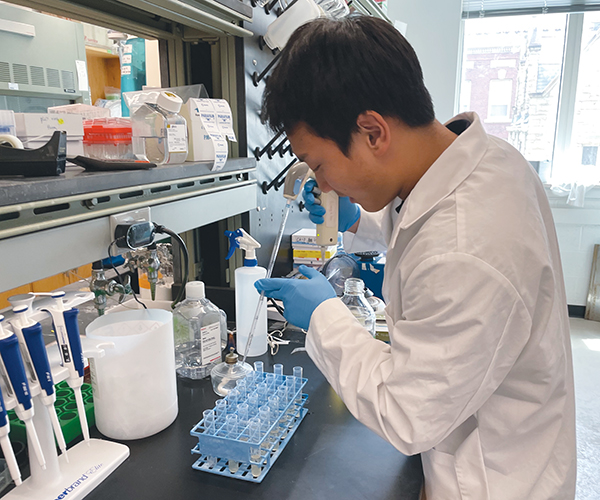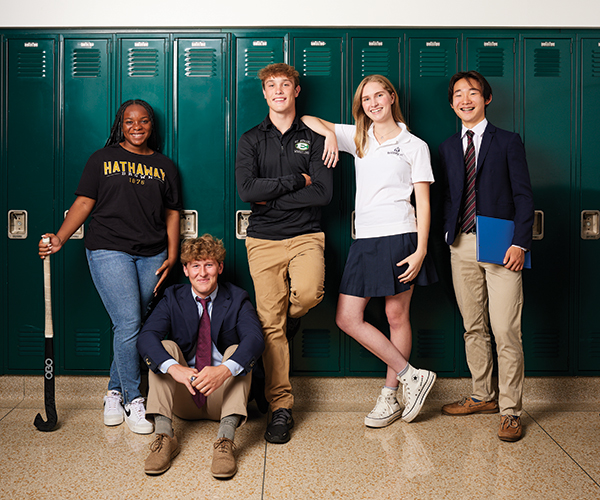Scott Looney was tired of the education system looking like an assembly line — credit hours, testing, scoring and comparing. So, in 2017, the head of school for Hawken founded the Mastery Transcript Consortium, an organization of nearly 400 schools in 23 countries working to change the high school transcription system. Launched three years later, Hawken Mastery School is a project-based option, where teachers act as mentors who coach students through programs so they can work at their own pace. There are no exams or grades. We sat down with Looney to figure out why potentially the world’s coolest principal wants to end — or at least dramatically alter — the grading system.
Q: How did this system come about in the first place?
A: Our education system was modeled after the 18th-century factory. We start the assembly line at age 5 and move students down one year at a time and call them 'done' at 18. But if you look at all of the research on human development, it doesn’t make sense to move everyone along at the same pace. The systems of schools are organized for the convenience of adults, not the needs of children. As with the industrial revolution, the ethic of the time was to be efficient.
Q: What’s not working with the current grading system?
A: The combination of fixed time and comparative ranking and sorting is not great for kids. For example, when I give a kid a grade they do not like, they think about that in one of two ways: “Mr. Looney is a jerk,” or “I’m not good enough.” Neither of those mindsets are helpful. There is no growth without failure.
Q: How does a family decide whether a traditional or
mastery curriculum is best for their child?
A: One size does not fit all. If you have a really competitive kid, grades are comparative. Some kids are motivated by, I’ll prove you wrong. But for kids who internalize teacher feedback as critique that questions their self-confidence or abilities, grades can get in the way.
Q: If there are no grades or credit hours, what does this mean when college admissions reviews transcripts?
A: That is the most frequently asked question. [Colleges] have been taking ungraded kids forever. They are not disadvantaged. If you present a kid in a way that is understandable to college admissions personnel, they get a sense of who the kid is and whether they can do the work. So far, not a single college has rejected one of our mastery transcripts.
Q: How does the mastery transcript work?
A: Kids earn credits for portfolios, not classes. The departments of a mastery school are communication, collaboration, critical thinking, creative thinking and cultivation of self. Students decide on ‘featured credits’ they are most proud of. It allows a kid to really show off in a way that a college admissions reader can see their strengths and do a deep dive.
Q: Is this mastery movement something you think more schools will adopt?
A: They already have. There is not a single U.S. college that has not heard of a mastery transcript. We’ve only been sending them for three years. The current system makes teachers, students and parents feel like they are the problem. When a system has that kind of impact on people’s sense of how they fit in, you need a healthier system.
Get the report card on more than 100 Cleveland Private Schools with our 2022 Private School Guide.
Get more great Northeast Ohio stories by signing up for our free weekly “In the CLE” newsletter — your guide to fun throughout The Land. Arriving in your inbox every Wednesday, this weekend to-do list fills you in on everything from concerts to museum exhibits — and more. Click here to subscribe.




